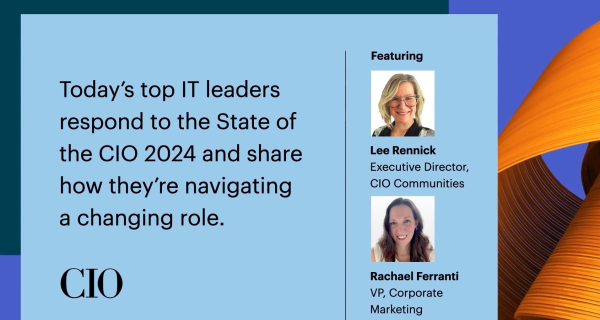As an event marketer, you may suddenly be faced with a whole host of unfamiliar digital or virtual event types that are being offered up as ways to leverage the work you have already put into your physical events presence and continue to drive leads. To help you decide which format is right for the content you have prepared, here are four digital programs that will allow you to utilize those efforts (courtesy of our resident platform expert, Joel Weisberg):
Webinar: This is a seminar on the web and is often used as a substitute for a webcast. It’s not really the same thing and you’ll see why with the next definition. Webinars tend to have more audience participation, have smaller audience sizes and are on platforms like Zoom or Webex, where the audience needs to download a local version of the software to fully access the interactive functionality. Like a digital classroom/lecture hall, there is increased interaction. The content is usually a straight presentation, though there can be some crosstalk chat that the speaker may or may not participate in. While this is a great option for live engagement – if you have kids home from college who are distance learning, ask them what platform they are utilizing – it can also be recorded with the potential to scale your reach by offering it on demand later.
Webcast: This is like a broadcast on the web. It’s more like a radio or a TV show than a virtual lecture because it usually has one or two speakers plus a moderator. Some audience interaction is available, depending on the platform. The platform is completely web-based, so no special software is needed to watch this session. Also, like a radio or TV broadcast, many, many people can watch it at once. It can be an interview show, a lecture-style presentation, a panel discussion, etc. On demand webcasts usually don’t have them, but any live webcast is very likely to have a Q&A session at the end that’s very similar to a radio call in show, except that audience members submit questions via a Q&A widget in the console rather than by calling in and the moderator then reads the question out loud.
Virtual Roundtable: This is an interactive discussion between 6-8 participants plus a moderator. It can be hosted on one of the above platforms as a video experience (think of Zoom) or as audio only, usually with a slide that identifies the participants to help callers ID each speaker’s voice.
Virtual Trade Show/Event: This is what it sounds like: a trade show that is online instead of at a physical venue. Sponsors or hosts put together an agenda and users register, enter the “venue” and see different “rooms” where they can attend live keynotes (webcasts), attend sessions in different tracks (webcasts/webinars) and even participate in peer to peer networking. Sponsors can put together assets, sizzle reels and scripts to use on the virtual show floor or at their virtual booths. Like a face-to-face event, virtual trade shows have a live date; however, the conversation continues beyond that day, as the “event” is on demand for a period of time.
Transition the hard work you have already invested in your physical events presence to continue to educate and engage your prospects and customers, and drive leads. If you are asking yourself what digital event type would best match your materials, think about: Was your presence geared toward networking, thought leadership or both? How many leads, and at what stage, did you project that these events leads would drop into your funnel? Are you on the hook to deliver bottom of the funnel leads to your sales team? And how quickly do you need to drive more leads? These questions will help you determine the best digital event format.
Keep in mind – while IDG has a suite of world-class physical events, as a full suite media company we can help you pivot your tactics to meet your goals. Whether you want to explore a webcast that lets you re-purpose your speaker sessions, a virtual roundtable to engage live with buyers or a platform to broadcast an on-stage demo, we can help.




